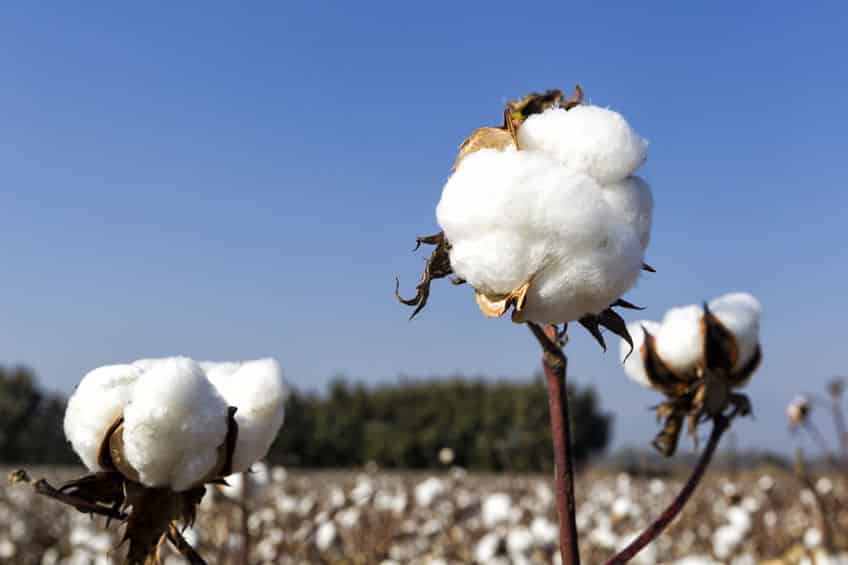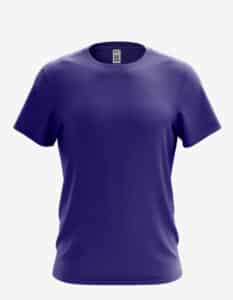Is the cost of your T worth it? Absolutely: From The Cotton fields to the retail store
T-shirts are a simple yet versatile garment that serves as a classic staple in any wardrobe. You likely have a stack of them in your closet, but where do your t-shirts come from? Follow us as we bring you from material to distribution.
T-shirts are commonly made from cotton, or at least a cotton/polyester blend. Most of the world’s cotton is farmed in the US or India. Once the cotton is gathered from the field, it is put into a gin where the seeds and stems are separated out from the usable material. The cotton gin was famously invented by Eli Whitney in the 1790s and it continues to increase the efficacy and profitability of farming cotton.
Next, bales of cotton fiber are spun. The spinning process involves carding, combing, and blending the cotton into thread so that it can be woven into fabric using a loom.
Once the cotton has been knit into a fabric sheet, it is treated with chemicals and heat to transform its touch and appearance. Bleaching or dying will give the cotton its final color while other chemicals will soften the fabric. Wet processing is repeated until the fabric has reached the desired color and feel.
The fabric is now ready to be cut and sewn into a garment. To give an idea of the inefficiency that exists in most manufacturing, the fabric will likely travel long distances to reach the sewing facility and around 15% of it will end up as scraps. At the sewing facility, a pattern is used to sew panels of fabric together into the perfect fitting t-shirt. If the t-shirt is going to be printed, it is then transported to a screen-printed facility. Once the shirt is finished, it is folded, sorted and placed in inventory. SpectraUSA keeps a stocked inventory at the ready so that even large orders can be fulfilled as fast as possible.

